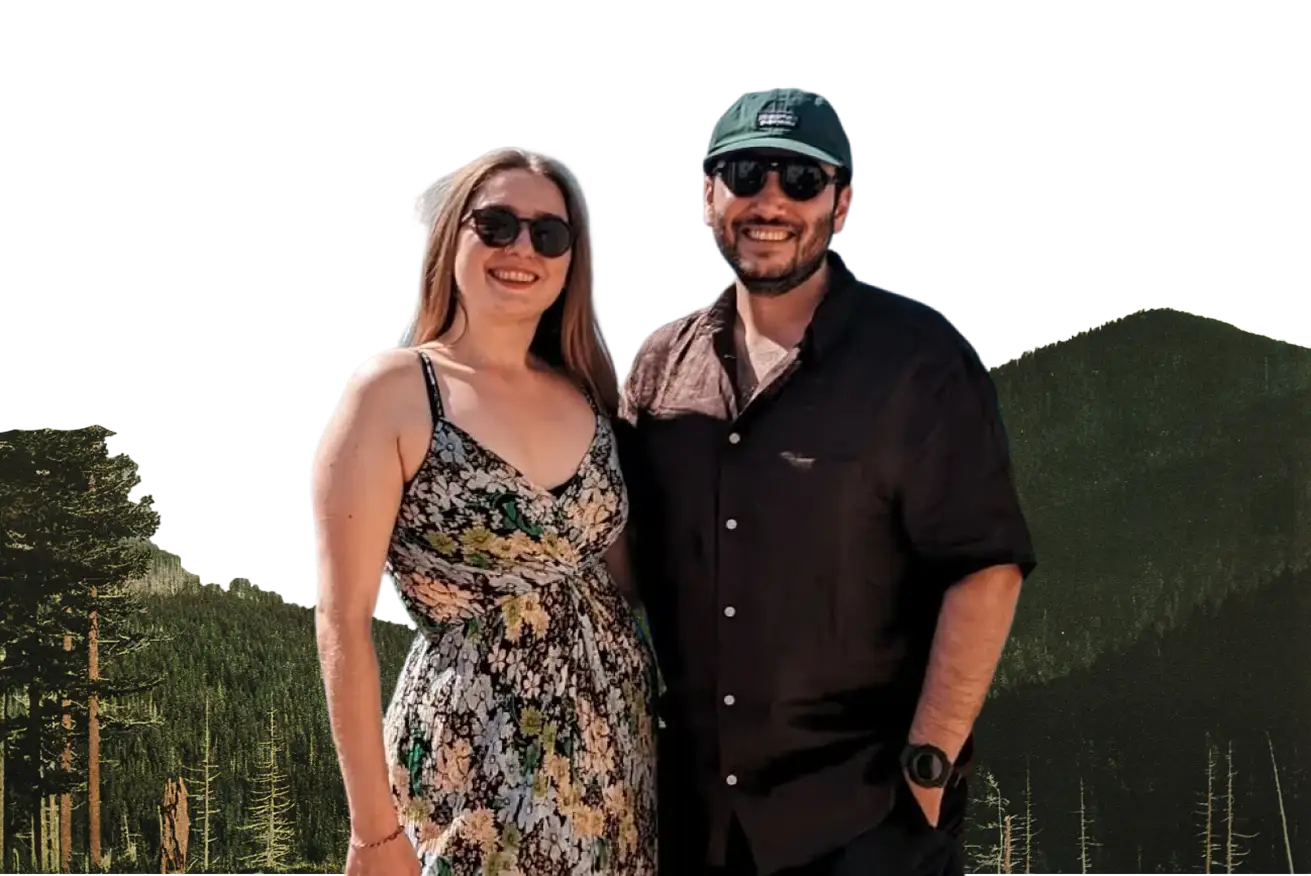In a simple, rock-cut cave on a mountainside overlooking modern Antakya in Southeast Turkey, history records a pivotal moment: it was here, in ancient Antioch-on-the-Orontes, that the followers of Jesus Christ were first called "Christians." This humble sanctuary, known today as St. Peter's Grotto (Senpiyer Kilisesi in Turkish), is traditionally believed to be one of the oldest churches in the Christian world, a place where the Apostle Peter himself (a key disciple of Jesus) is said to have preached. To stand within its ancient, unadorned walls is to connect directly with the very beginnings of a faith that would eventually span the globe.
For us, Ola and Riza, visiting St. Peter's Grotto was a profound experience, less about architectural grandeur and more about the sheer weight of this foundational history. It makes one pause and consider the early, often challenging, days of Christianity and the vibrant, multicultural Roman city of Antioch from which it spread, influencing empires and billions of lives for nearly two millennia.
Antioch: A Major City in the Ancient Roman East
To understand why St. Peter's Grotto is so important, we first need to know about ancient Antioch. It was founded around 300 BCE by Seleucus I Nicator, one of the generals of Alexander the Great. (Alexander was a famous king from Macedon, a region in ancient Greece, who conquered a huge empire in the 4th century BCE, spreading Greek culture far and wide). Antioch quickly became one of the largest and most important cities of the Hellenistic world (the period after Alexander when Greek culture and ideas were influential across a vast area) and later, of the Roman Empire. Located strategically on the Orontes River, with access to the Mediterranean Sea, it was a busy centre of trade, culture, and learning – a truly international city where Greeks, Romans, Syrians, Jews, and many other peoples lived and mixed. By the 1st century CE (Common Era), it was the third-largest city in the Roman Empire, after Rome itself and Alexandria in Egypt.
It was into this lively, mixed, and religiously diverse city that the new teachings of Jesus Christ arrived, brought by his apostles (his main followers and teachers) and early believers. The Acts of the Apostles, a book in the New Testament of the Christian Bible, specifically mentions Antioch as a key centre for the early Christian community. It was here that Barnabas, another important early Christian leader, brought Saul (who later became known as the Apostle Paul) to teach. And, most famously, Acts 11:26 states: "…and in Antioch the disciples were first called Christians." This isn't just a small historical detail; it's a very important moment – the naming of what would become a major world religion.
The Grotto: A Holy Place Carved from Rock and Belief
Tradition says that the Apostle Peter also visited and preached in Antioch, helping to establish its Christian community. St. Peter's Grotto is traditionally known as the cave where these early Christians gathered. Carved directly into the mountainside, its very form tells of a time when Christianity was a new and sometimes persecuted faith. Early believers often had to meet in simple, hidden places.
The church we see today has a stone front (facade) that was built by Crusaders (European Christian knights and soldiers who came to the Middle East between the 11th and 13th centuries) in the 12th or 13th century, but the cave itself is much older. Inside, the space is simple, almost bare, especially when you compare it to the large, highly decorated cathedrals built in later centuries. There's a stone altar, some pieces of ancient mosaics (pictures made from small coloured stones) on the floor (these might date from the 5th century), and an empty space in the wall that once held a statue of St. Peter. A tunnel, now partly blocked, leads off to the side. Some believe this was an escape route for early Christians if they faced danger or persecution. The great simplicity of the grotto is, in itself, very moving. It removes centuries of elaborate church decoration and connects you directly to the basic, strong faith of those early believers. Here, in this roughly cut cave, they would have gathered to share stories about Jesus, to share meals (breaking bread), and to support each other in a world that was often uninterested, or even unfriendly, towards their new beliefs.
A Witness Through Time: Lasting Importance and Recognition
The fact that St. Peter's Grotto has survived as a recognised holy site for nearly two thousand years, through huge historical changes – Roman rule, the Byzantine Empire (the Eastern Roman Christian Empire), Arab conquests, the Crusader period, centuries of Ottoman Empire rule, and into the modern Turkish Republic – shows its lasting importance. Declared a holy site by the Vatican (the central governing body of the Roman Catholic Church) in 1963 and now functioning as a museum, it continues to attract Christian pilgrims from all over the world, as well as visitors curious about its deep history. Its presence and protection in Antakya, a city in a country where the majority of the population is Muslim, shows a complex but often present Turkish recognition of the diverse historical and religious layers that make up the nation's heritage. This makes us think beyond a purely Western view of Christian history. It reminds us that the faith's earliest roots are deep in the Middle East, in lands that have long been home to many different beliefs.
Antakya's St. Peter's Grotto is much more than just an old cave or an archaeological site. It is a deep, physical link to the earliest moments of Christianity, a place where a name was given to a movement that would change the world. Standing in that simple, rock-cut space, one feels the great weight of history, the quiet power of lasting faith, and the remarkable human ability to create sacred meaning even in the simplest of places, reminding us that the biggest stories often begin with a few determined people in small, sheltered spots.
.svg)




